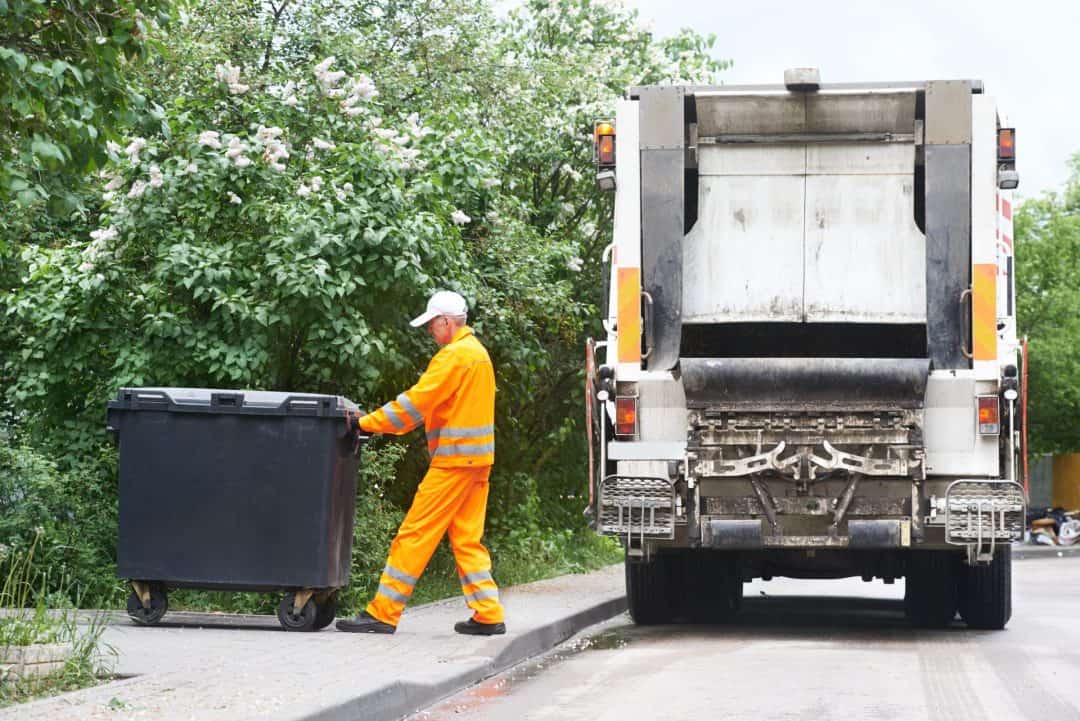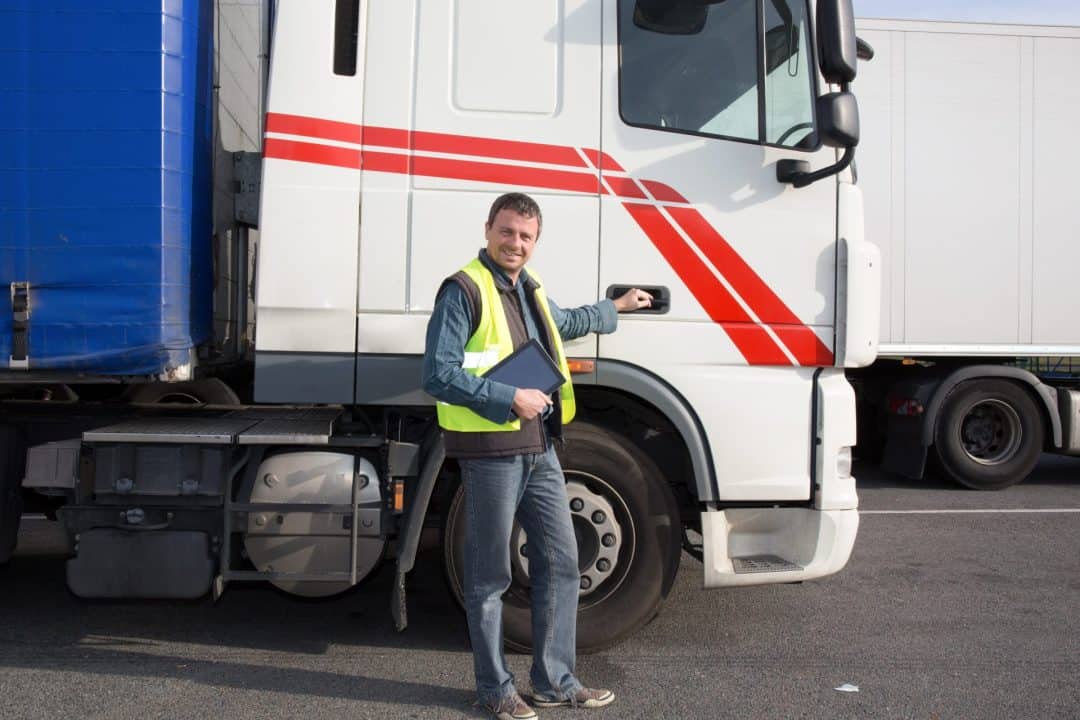Dangers for pedestrian public workers
The safety of public workers across Australia is paramount, especially considering the risks they face in their line of work. One significant concern is the potential for accidents involving work vehicles and pedestrian workers. Blind spots in these vehicles make it challenging for drivers to see pedestrians, putting public workers at risk. To address this issue, innovative solutions such as pedestrian warning systems (PWS) have emerged. In this blog, we will delve into the background of this issue, the purpose of implementing PWS, the basics of these systems, their safety benefits, real-life examples, and the types of PWS technology available today.
Background of the Issue
Public workers, including garbage truck operators, construction site workers, and delivery personnel, face increasing risks and potential dangers in their work environments. Work vehicles often have blind spots, making it difficult for drivers to see pedestrians. This creates a significant risk of public workers being struck by their own vehicles. To ensure the well-being of these workers, effective safety initiatives and measures are necessary.
Purpose of Implementing Pedestrian safety warning systems (PWS):
The purpose of this article is to emphasize the importance of pedestrian safety and discuss how pedestrian warning systems can prevent accidents involving public workers and their vehicles. By implementing PWS, private security companies and organizations can significantly improve the safety of their personnel and minimize risks associated with their work vehicles.
Basics of Pedestrian Warning Systems:
Pedestrian warning systems utilize sensors strategically placed on vehicles to detect the presence of pedestrians or obstacles. These sensors can identify movement and proximity, eliminating blind spots and ensuring pedestrians are not overlooked. When the system detects a potential collision, it triggers audible and visual alarms to alert the driver immediately.
Safety Benefits of Using PWS:
PWS provides numerous safety benefits by alerting drivers to the presence of pedestrians, allowing them to take evasive action and prevent collisions. With early warnings, drivers can react promptly, reducing the risk of accidents and injuries. Additionally, PWS sensors can differentiate between pedestrians and other objects, eliminating false alarms and enhancing driver focus on the road.

Examples of PWS in Action:
PWS has been successfully implemented in various industries. For example, construction sites utilize PWS in vehicles to warn workers when they are too close, preventing accidents. Waste collection vehicles employ PWS to ensure worker safety during waste collection operations. Delivery and postal services integrate PWS into their vehicles to prevent collisions and protect both pedestrians and delivery personnel.
Types of PWS Technology Available:
There are several types of PWS technology available today. Proximity-based systems utilize sensors to detect pedestrians in close proximity to the vehicle. Video surveillance-based systems use cameras and intelligent algorithms to analyze the surroundings and notify drivers of potential hazards. GPS-integrated systems provide real-time monitoring and customized alerts based on vehicle and pedestrian locations.
Conclusion:
By implementing pedestrian warning systems, organizations can prioritize the safety of public workers and pedestrians. These systems enhance awareness, provide immediate warnings, and mitigate the risk of accidents. However, it is crucial to remember that PWS should supplement proper training and adherence to traffic rules. By investing in PWS technology and comprehensive safety measures, we create a safer environment for all, ensuring the well-being of those who serve our communities.BodyGuard’s pedestrian safety warning system is an example of effective safety management for pedestrian public workers.
